Branding Tools: Unlocking Success in the Digital Age
Branding is a vital component of any business strategy. In today's digital age, competition is fierce, and attention spans are fleeting; creating a solid and recognisable brand has become more critical than ever. To achieve this, businesses must leverage various branding tools to effectively communicate their values, connect with their target audience, and differentiate themselves from competitors.
This comprehensive guide will explore various branding tools and strategies businesses can employ to build a powerful brand presence in the digital landscape. From logo design and visual identity to content marketing and social media, we'll delve into the key elements contributing to a successful branding strategy.
Table of Contents
Understanding the Fundamentals of Branding
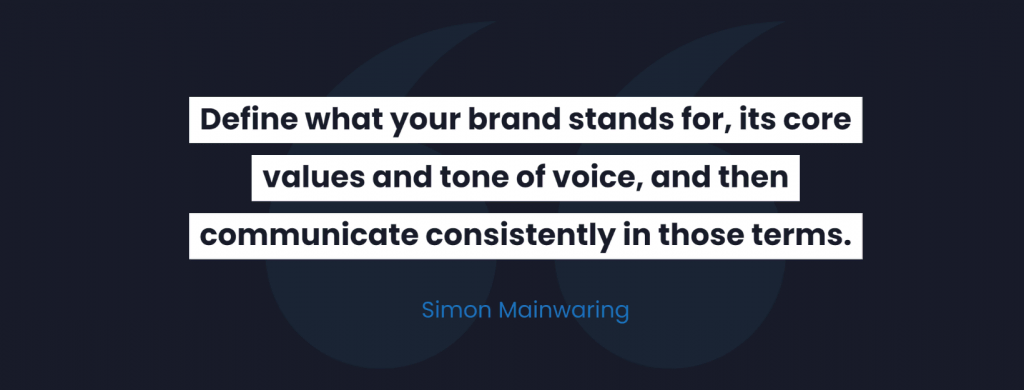
Before diving into the specific branding tools, it's essential to grasp the fundamentals of branding itself. A brand is not just a logo or a tagline; it is the overall perception and reputation of a business in the minds of its customers. It represents customers' emotional connection and trust in a company, product, or service.
1.1 Defining Your Brand Identity
The foundation of any successful branding strategy lies in defining a clear and compelling brand identity. This involves understanding your target audience, identifying your unique value proposition, and crafting a brand story that resonates with your customers. A well-defined brand identity sets the stage for consistent messaging and visual representation across all branding tools.
1.2 Establishing Brand Guidelines
Brand guidelines are a roadmap for maintaining consistency and coherence across various touchpoints. They define the specific colours, typography, logo usage, and tone of voice that should be used in all brand communications. By adhering to brand guidelines, businesses can create a unified and recognisable brand experience.
Visual Branding Tools
Visual branding tools capture attention, convey brand personality, and create a lasting impression. Let's explore some of the critical tools in this category.
2.1 Logo Design

A well-designed logo is the cornerstone of a strong brand identity. It acts as the visual representation of your brand and should be instantly recognisable and memorable. When designing a logo, consider your target audience, industry trends, and the message you want to convey. Invest in professional logo design services or use online logo makers that offer customisable templates to create a visually appealing and meaningful logo.
Best Tools for Logo Design
- Adobe Illustrator: A professional vector graphics editor widely used for logo design and branding. It offers extensive tools and features for precise and scalable logo creation.
- Logojoy: An AI-powered logo design tool that uses machine learning algorithms to generate unique logo concepts based on your preferences. It offers customisation options and downloadable files for your final logo design.
- Sketch: A vector-based design tool specifically designed for macOS. Sketch allows designers to create logos easily and precisely, providing a comprehensive set of tools and a flexible workflow.
- Gravit Designer: A free design software that offers powerful tools for logo creation. It supports vector editing and multiple artboards and allows you to export your logo in various formats.
- Inkscape: An open-source vector graphics editor suitable for logo design and branding. Inkscape provides a rich set of tools, including shape creation, text editing, and advanced path operations.
- Affinity Designer: A professional graphic design software with robust features for logo design. It offers vector editing capabilities, precise controls, and a streamlined interface for creating high-quality logos.
2.2 Colour Palette

Colours evoke emotions and associations, making them powerful tools for brand communication. Choose a colour palette that aligns with your brand personality and resonates with your target audience. Research shows that colour can increase brand recognition by up to 80%, highlighting the importance of thoughtful colour selection in branding.
Best Colour Palette Tools for Branding
- Coolors: Coolors is a popular colour palette generator that offers various ways to create harmonious colour schemes. It provides multiple options for generating colour palettes, including exploring trending palettes and creating custom ones.
- Adobe Color: Formerly known as Adobe Kuler, Adobe Color is an online tool that allows you to create, research, and save colour schemes. It offers multiple colour rule options, such as analogous, monochromatic, and triad, to help you create harmonious palettes.
- Canva: Canva is a versatile design tool providing a colour palette generator. It offers a wide range of pre-made colour combinations and allows you to create your palettes by choosing colours or uploading an image for inspiration.
- Paletton: Paletton is a comprehensive colour scheme designer that enables you to create harmonious palettes based on various colour theories. It offers multiple modes, including monochromatic, adjacent, and triadic, and provides real-time previews.
- Material Design Color Tool: Developed by Google, the Material Design Color Tool helps you create colour palettes that adhere to the Material Design guidelines. It allows you to choose primary and secondary colours and provides accessible colour options.
- Colour Hunt: Color Hunt is a curated collection of beautiful colour palettes created by designers. It provides a vast selection of ready-made palettes to explore and use for your brand.
- Happy Hues: Happy Hues is a website offering colour palettes designed to inspire creativity. It provides attractive and vibrant colour combinations that you can use as a starting point for your brand palette.
- Pikka: Pikka is a colour picker and palette generator for macOS. It allows you to pick colours from various sources, including your screen or other design assets and organises them into palettes that you can export for later use.
2.3 Typography

Typography encompasses the fonts and typographic styles used in your brand materials. It helps convey your brand's tone, personality, and message. Selecting the right typography is crucial for maintaining consistency and readability across different mediums, from websites to printed materials. Consider legibility, scalability, and compatibility with your brand's visual identity when choosing fonts.
Best Typography and Font Tools
- Google Fonts: Google Fonts is a free and extensive library of web fonts you can easily browse, select, and integrate into your branding projects. It provides a wide range of typefaces suitable for various branding styles.
- Adobe Fonts: Adobe Fonts offers a vast collection of high-quality fonts that can be used for branding purposes. It provides access to both free and premium fonts, which can be seamlessly integrated into Adobe Creative Cloud applications.
- FontBase: FontBase is a free font manager that lets you organise, preview, and install fonts on your computer. It supports various font formats and offers features like tagging, searching, and filtering to streamline your font management workflow.
- Fontjoy: Fontjoy is an online tool that generates font combinations based on machine learning algorithms. It helps you discover and experiment with different font pairings to find the perfect typography for your branding projects.
- WhatFont: WhatFont is a browser extension that enables you to identify fonts used on any website. Simply hovering over the text provides information about the font family, size, weight, and colour, which can be helpful for inspiration and identifying fonts in branding materials.
- FontSquirrel: FontSquirrel is a platform that offers a vast collection of free fonts, including many with commercial licenses. It provides a range of high-quality typefaces suitable for branding, and you can search and filter fonts based on various criteria.
- MyFonts: MyFonts is a popular marketplace offering an extensive selection of commercial fonts from various foundries. It allows you to explore and purchase high-quality typefaces for your branding projects, with options to preview and test the fonts before buying.
- Typewolf: Typewolf is a typography-focused website that showcases examples of beautiful typography usage in branding, web design, and more. It is a valuable resource for inspiration, providing insights into typography trends and best practices.
- Adobe Typekit Practice: Adobe Typekit Practice is an online platform that offers interactive design challenges related to typography and branding. It provides a hands-on learning experience and helps you refine your typography and visual communication skills.
2.4 Imagery and Photography

High-quality and relevant imagery can significantly enhance brand perception. Whether it's product photography, stock images, or custom illustrations, visuals should align with your brand's style and narrative. Consistency in imagery helps create a cohesive brand identity and fosters recognition and recall.
Best Imagery and Photography Tools
- Adobe Photoshop: A versatile image editing software that allows you to manipulate and enhance photos, create graphics, and design visual elements for branding.
- Unsplash: A popular royalty-free image resource where you can find high-quality, professional photos for use in branding materials.
- Pixlr: A free online photo editing tool with various features similar to Photoshop. It's useful for quick edits and adjustments to images.
- VSCO: A mobile app that offers a variety of filters and editing tools to enhance and stylise your photos. It's famous for creating cohesive and aesthetically pleasing social media feeds.
- Piktochart: A tool for creating infographics, presentations, and other visual content. It helps communicate information and data in a visually appealing way.
Content Marketing and Brand Messaging
While visual elements are essential for brand recognition, effective brand messaging through content marketing can elevate a brand's reputation and engage customers deeper.
3.1 Brand Voice and Tone
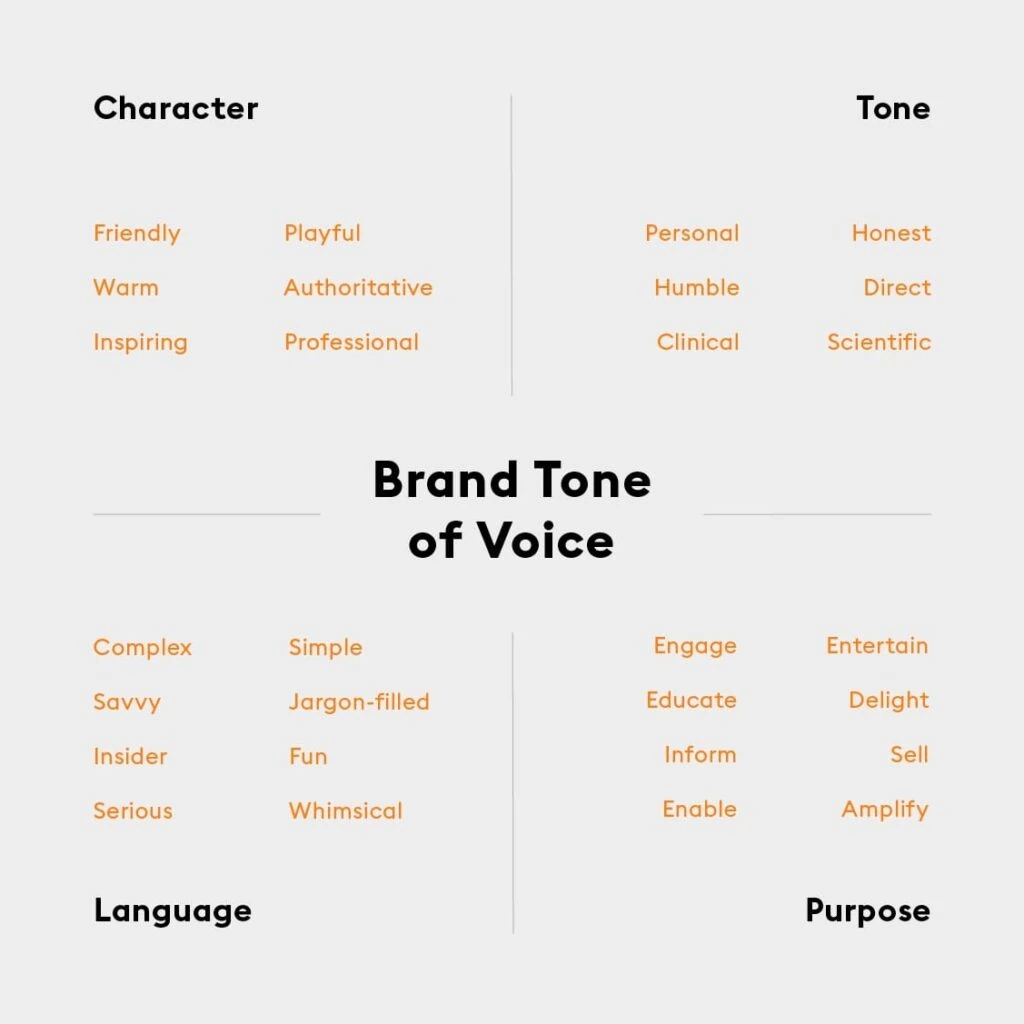
Your brand voice and tone reflect the personality and character of your brand. Whether conversational, authoritative, or playful, consistency in your brand's voice helps build familiarity and trust. Develop guidelines for brand messaging, including the tone used in different contexts, to ensure a cohesive and authentic communication strategy.
Best Tools for Brand Tone of Voice
- Grammarly: A popular writing assistant that helps ensure consistent grammar, spelling, and punctuation across brand communications.
- Hemingway Editor: A web-based tool that analyses text for readability, highlighting complex sentences, excessive adverbs, and passive voice.
- CoSchedule's Headline Analyzer: Helps craft engaging and impactful headlines by evaluating their emotional impact, word balance, and length.
- Tone Analyser by IBM Watson: Analyses text to determine the emotional tone, social tone, and writing style, providing insights into the perceived tone of brand communications.
- Brand Voice Chart: A visual framework or guide that defines the characteristics, language, and tone appropriate for the brand, helping maintain consistency across various channels.
- Voice and Tone Guidelines: A comprehensive document that outlines the brand's voice, tone, and style preferences, providing examples and guidelines for different scenarios.
- Google Trends: Helps identify trending topics and popular search queries, enabling brands to align their messaging and tone with current interests and discussions.
- Social Mention: Monitors social media platforms for brand mentions, sentiment analysis, and engagement, allowing brands to gauge the effectiveness of their messaging.
- Surveys and Customer Feedback Tools: Collects direct feedback from customers to understand their perception of the brand's voice and tone and to make necessary adjustments.
- Competitor Analysis Tools: Analyses the voice and tone of competitors' brand communications, providing insights into industry trends and helping differentiate the brand's voice.
3.2 Storytelling
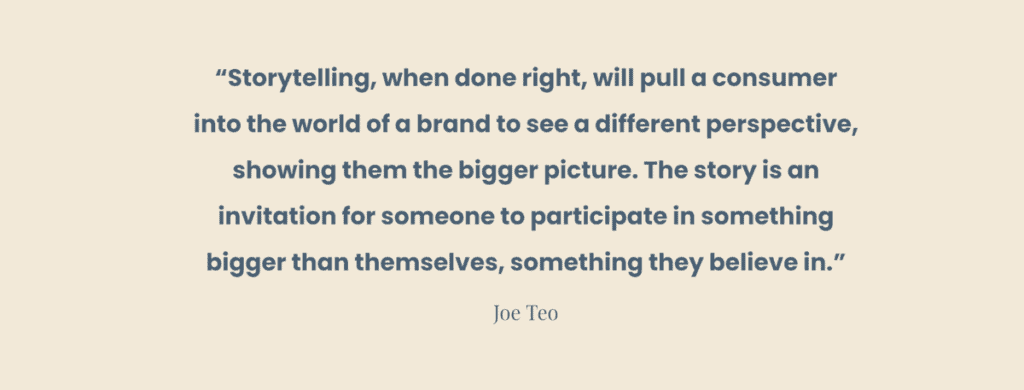
Stories have a profound impact on human emotions and memory retention. Through storytelling, brands can create a powerful connection with their audience, conveying their values, mission, and brand essence in a compelling manner. Craft brand stories that resonate with your target audience and illustrate how your products or services can address their needs or aspirations.
Best Tools to Help with Brand Storytelling
- Prezi: Prezi is a dynamic presentation tool that enables you to create engaging and non-linear presentations, making it useful for storytelling in branding.
- Animoto: Animoto is a video creation platform that allows you to easily create professional-looking videos with photos, video clips, and text, making it ideal for brand storytelling through visual content.
- Hootsuite: Hootsuite is a social media management tool that helps you schedule and manage your brand's social media content across various platforms, allowing you to tell a cohesive brand story.
- StoryChief: StoryChief is a content marketing tool that helps you streamline your brand storytelling efforts by providing a centralised platform for planning, creating, and distributing your content.
- Brandfolder: Brandfolder is a digital asset management platform that allows you to store, organise, and share your brand assets, ensuring consistent storytelling across various channels.
- Storify: Storify is a platform that enables you to curate and collect user-generated content, such as social media posts and blog articles, to create compelling narratives around your brand.
3.3 Content Creation and Distribution

Creating valuable and relevant content effectively establishes thought leadership, engages with your audience, and increases brand visibility. Leverage different content formats such as blog posts, videos, infographics, and podcasts to share your expertise and provide value to your target audience. Develop a content distribution strategy that includes social media, email marketing, and partnerships with influencers or industry publications to amplify your brand message.
Best Tools for Content Marketing
- HubSpot: A comprehensive inbound marketing platform allowing you to create, manage, and distribute content across multiple channels while tracking performance.
- Buffer: A social media management tool that enables you to schedule and publish content on various social media platforms, helping you maintain a consistent brand presence.
- Mailerlite: An email marketing platform that allows you to create and automate email campaigns, segment your audience, and analyse the performance of your email marketing efforts.
- Hootsuite: A social media management and scheduling tool that allows you to monitor and engage with your audience across multiple social media platforms, streamlining your content distribution efforts.
- BuzzSumo: A content research tool that helps you identify popular topics and trending content in your industry, allowing you to create highly shareable and engaging content.
- Sprout Social: A social media management and analytics tool that enables you to schedule and publish posts, monitor keywords and brand mentions, and analyse the performance of your social media campaigns.
- SEMrush: A comprehensive digital marketing toolkit that provides keyword research, SEO analysis, and competitive intelligence, helping you optimise your content for search engines and drive organic traffic to your website.
Digital Marketing and Online Presence
A robust online presence is crucial for brand success in today's digital landscape. Digital marketing offers many tools and channels to reach and engage your target audience effectively.
4.1 Website Design and User Experience
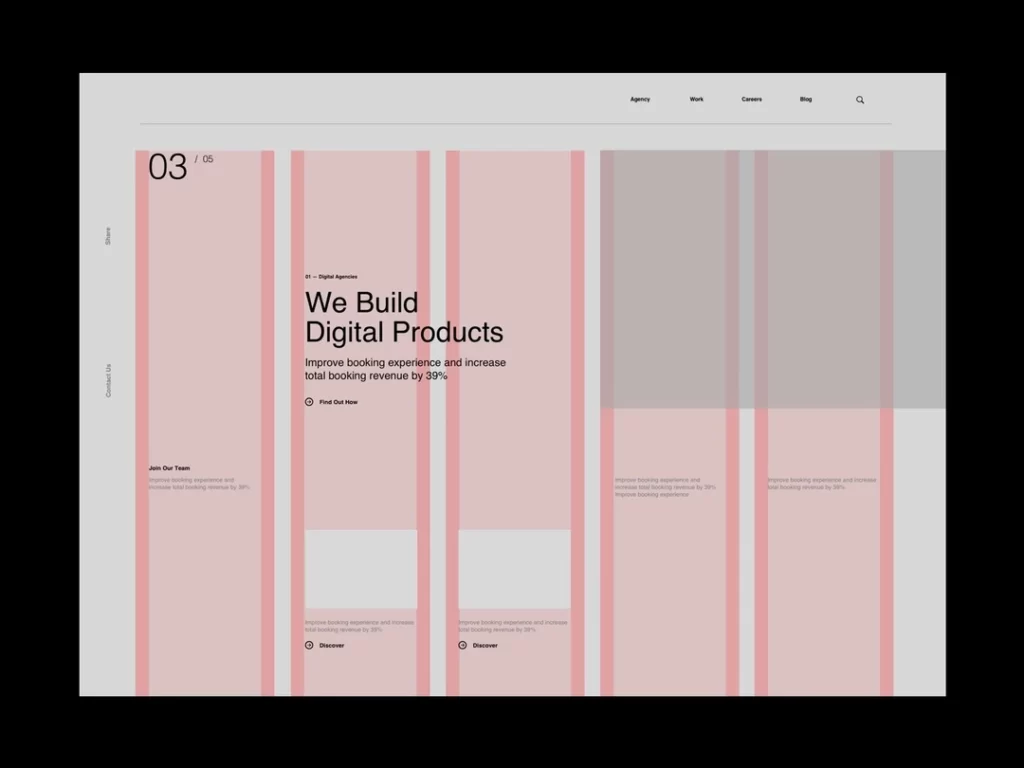
A well-designed and user-friendly website is the centrepiece of your online presence. It should reflect your brand identity, provide a seamless user experience, and showcase your products or services. Invest in professional web design and ensure your website is optimised for mobile devices to cater to the growing number of mobile users.
Best Web Design and UX Tools
- Adobe XD: A robust design and prototyping tool that allows you to create interactive prototypes, wireframes, and visual formats.
- Sketch: A vector-based design tool for macOS, commonly used for creating UI/UX designs and prototypes.
- Figma: A cloud-based design and prototyping tool that enables real-time collaboration and seamless design handoff.
- InVision: A comprehensive platform that offers tools for prototyping, collaboration, and user testing, allowing designers to create interactive and engaging experiences.
- Axure RP: A wireframing and prototyping tool that lets you create highly interactive and complex prototypes with advanced functionality.
- Marvel: A user-friendly design and prototyping platform that enables designers to create interactive prototypes and conduct user testing.
- Balsamiq: A rapid wireframing tool that allows you to create low-fidelity mockups and iterate quickly on website designs.
- Hotjar: A robust user experience analytics and feedback tool that provides insights into how users interact with your website through heatmaps, session recordings, and surveys.
- UsabilityHub: A platform that offers various user testing tools like first-click tests, preference tests, and five-second tests to gather feedback and insights on your website's usability.
4.2 Search Engine Optimisation (SEO)
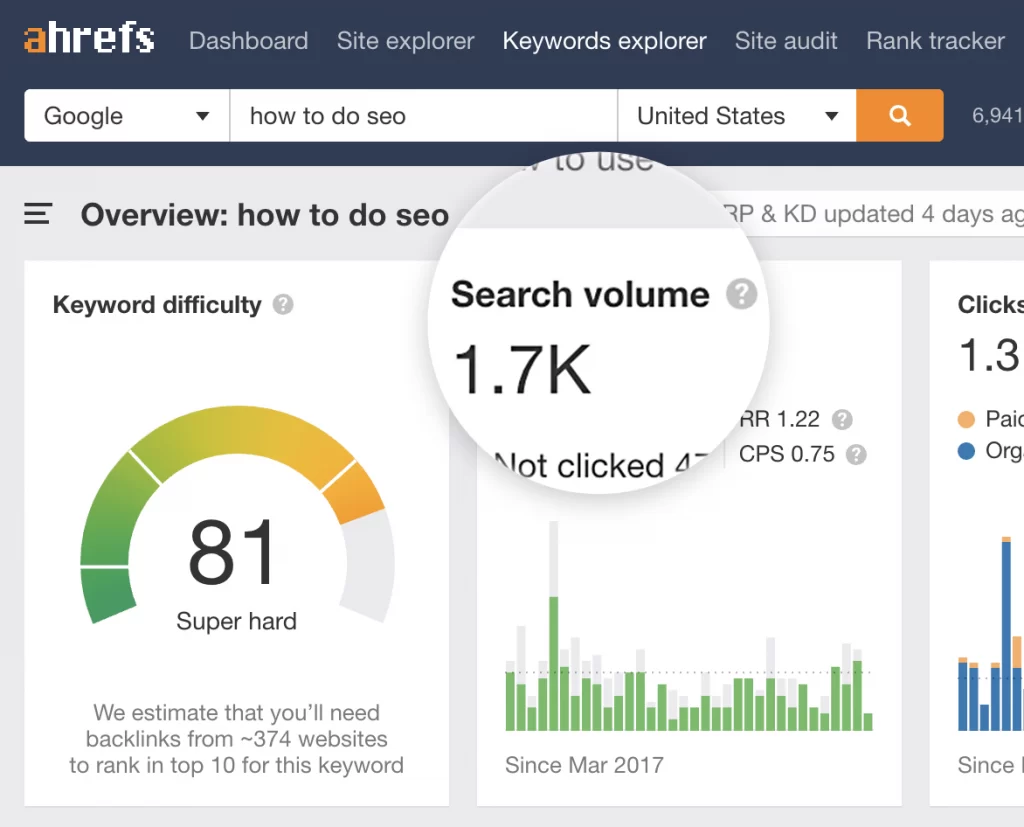
SEO is vital for improving your brand's visibility in search engine results and driving organic traffic to your website. Conduct keyword research to identify relevant search terms and optimise your website's content, meta tags, and structure accordingly. Focus on creating high-quality and valuable content that satisfies the intent of searchers.
Best SEO Tools
- Google Analytics: Provides detailed website traffic and performance data, allowing you to analyse user behaviour and track key metrics.
- Google Search Console: Helps you monitor your website's presence in Google search results, diagnose issues, and submit sitemaps.
- SEMrush: Offers a suite of SEO tools, including keyword research, competitor analysis, backlink auditing, and site auditing.
- Ahrefs: Provides comprehensive backlink analysis, keyword research, rank tracking, content exploration, and site auditing features.
- Moz Pro: Offers a range of SEO tools, including keyword research, link building, rank tracking, on-page optimisation, and site auditing.
- Rank Math: A popular WordPress plugin that assists with on-page optimisation, generating XML sitemaps, optimising content, and improving website structure.
- Screaming Frog: A website crawler that helps you analyse technical SEO issues, identify broken links, audit redirects, and analyse metadata.
- Serpstat: Offers keyword research, rank tracking, competitor analysis, backlink analysis, and site auditing features.
- Majestic SEO: A powerful tool for backlink analysis, providing insights into link profiles, anchor texts, referring domains, and link quality.
- SEOptimer: You can generate website audits, check on-page SEO elements, analyse site speed, and identify technical SEO issues.
4.3 Social Media Marketing

Social media platforms offer a vast opportunity to connect with your audience, share brand stories, and foster brand loyalty. Identify the social media channels where your target audience is most active and develop a consistent posting schedule—Utilise organic and paid social media strategies to maximise reach and engagement.
Best Tools for Social Media Marketing
- Sprinklr: An enterprise-level social media management platform that provides multi-channel management, social listening, customer engagement, and analytics. It caters to large businesses with extensive social media presence.
- Socialbakers: A social media marketing suite that offers features such as content planning and publishing, audience targeting, influencer discovery, and performance tracking. It provides data-driven insights to optimise social media strategies.
- Mention: A social media monitoring and listening tool that helps you track brand mentions, monitor industry trends, and engage with your audience in real time. It provides sentiment analysis and competitive intelligence.
- Brandwatch: A robust social listening and analytics tool that allows you to monitor brand mentions, track sentiment, identify influencers, and analyse customer conversations across various social media platforms.
- AdEspresso: A tool focused on social media advertising, specifically Facebook and Instagram ads. It offers features like ad creation, targeting, split testing, and performance tracking to optimise your ad campaigns.
4.4 Influencer Marketing
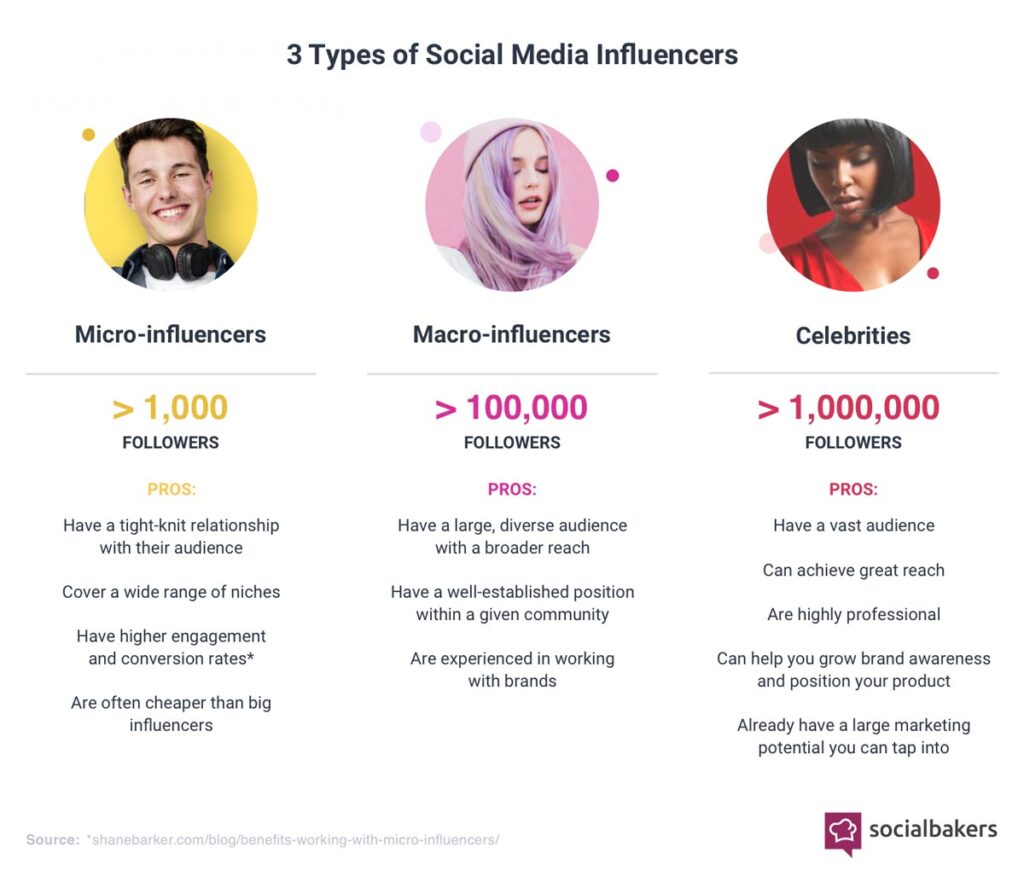
Influencer marketing leverages the influence and reach of industry experts or social media personalities to promote your brand and products. Identify influencers who align with your brand values and have an engaged audience relevant to your industry. Collaborate with them to create authentic content that introduces your brand to their followers.
Best Influencer Marketing Tools
- HypeAuditor: A platform that helps identify fake influencers and provides in-depth audience demographics and engagement analytics.
- Upfluence: A comprehensive influencer marketing platform that offers influencer discovery, campaign management, and performance tracking.
- Traackr: An influencer relationship management tool that helps you find relevant influencers, manage campaigns, and measure the impact of your influencer marketing efforts.
- Grin: A platform that enables brands to discover and connect with influencers, manage campaigns, track performance, and automate influencer payments.
- AspireIQ: A platform that combines influencer discovery, relationship management, and campaign tracking to help brands execute successful influencer marketing campaigns.
- BuzzSumo: While primarily known for content marketing, BuzzSumo also offers influencer discovery features, allowing you to find and analyse influential content creators in your niche.
- TapInfluence: An influencer marketing platform that provides influencer discovery, campaign management, and measurement tools to help brands collaborate effectively with influencers.
- Klear: A comprehensive influencer marketing platform that offers influencer discovery, campaign management, and performance tracking, along with social listening and competitive analysis features.
- Grapevine Logic: A platform that connects brands with influencers on YouTube and Instagram, offering campaign management, tracking, and influencer relationship management features.
Monitoring and Measurement
To ensure the effectiveness of your branding efforts, it's crucial to track and measure key performance indicators (KPIs) and make data-driven decisions.
5.1 Brand Perception and Sentiment Analysis
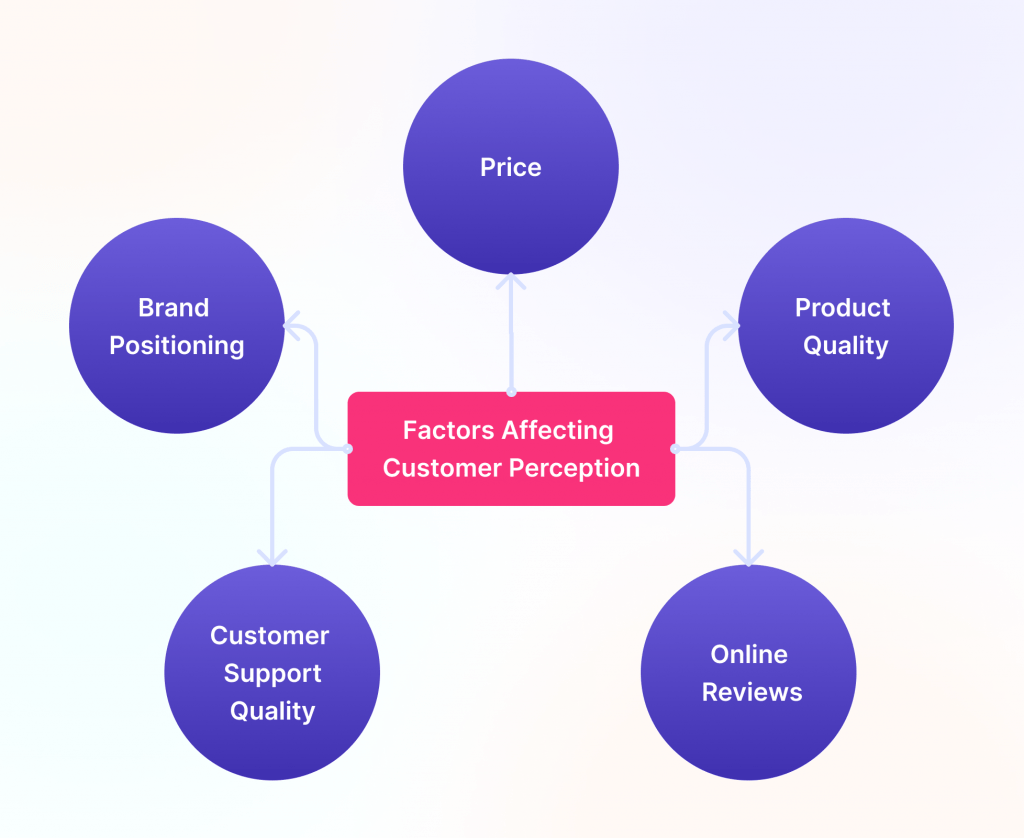
Monitor social media platforms, online reviews, and customer feedback to gauge the sentiment surrounding your brand. Tools like social listening software can help you track brand mentions, sentiment, and industry trends. Actively engage with your audience and respond to feedback to shape and improve your brand's reputation.
Best Tools for Brand Perception & Sentiment Analysis
- Brandwatch: Brandwatch is a powerful social listening and analytics tool that helps analyse brand sentiment across various platforms. It provides real-time monitoring, sentiment analysis, and advanced analytics to track brand perception and analyse competitor websites.
- Hootsuite Insights: Hootsuite Insights is a social media monitoring tool that provides sentiment analysis capabilities. It helps businesses track brand sentiment, identify key influencers, and monitor industry trends to gain insights into brand perception.
- Talkwalker: Talkwalker is a social media analytics and listening platform that offers brand perception and sentiment analysis. It provides real-time monitoring, sentiment scoring, and advanced analytics to help understand and manage brand reputation.
- Brand24: Brand24 is a social listening tool that offers sentiment analysis and brand monitoring features. It tracks brand mentions, analyses sentiment, and provides sentiment trends and sentiment-based analytics to measure brand perception.
- Lexalytics: Lexalytics is a text analytics software that includes sentiment analysis capabilities. To gauge brand perception, it helps businesses extract insights from unstructured data, such as customer reviews, social media posts, and surveys.
- RapidMiner: RapidMiner is a data science platform that offers sentiment analysis capabilities. It allows businesses to analyse customer feedback, social media data, and other textual information to gain insights into brand perception and sentiment.
- OdinText: OdinText is a text analytics software that offers sentiment analysis for brand perception. It helps businesses analyse large volumes of unstructured text data, such as customer feedback, surveys, and social media posts, to understand the brand sentiment.
5.2 Website Analytics

Use web analytics tools like Google Analytics to track website traffic, user behaviour, and conversion rates. Analyse key metrics such as bounce rate, average session duration, and goal completions to gain insights into the effectiveness of your branding and marketing efforts. Optimise your website based on the data to improve user experience and drive conversions.
Best Web Analytics Tools
- Google Analytics: A widely used web analytics tool that provides detailed insights into website traffic, user behaviour, conversion tracking, and more. It offers a comprehensive set of features for both basic and advanced analytics.
- Adobe Analytics: An enterprise-level analytics solution that offers deep customer insights, real-time data tracking, and powerful segmentation capabilities. It provides advanced analytics and reporting for businesses of all sizes.
- Matomo: An open-source web analytics platform that allows you to track website visitors, measure conversions, and analyse user behaviour. Matomo gives you complete control over your data and offers customisable dashboards and reports.
- Hotjar: A user behaviour analytics and feedback tool that provides heatmaps, visitor recordings, and conversion funnels. Hotjar helps you understand how users interact with your website and identify areas for improvement.
- Crazy Egg: A tool that offers heatmaps, scroll maps, and click reports to visualise user behaviour and optimise website design. Crazy Egg helps you identify the most engaging elements on your site and make data-driven decisions.
- Kissmetrics: A customer analytics platform that tracks individual user behaviour and provides insights into customer journeys and conversion paths. Kissmetrics offers advanced cohort analysis and funnel visualisation.
- Mixpanel: An analytics platform specialising in event tracking and user retention analysis. It helps you understand how users interact with your website or app, enabling you to optimise engagement and conversion rates.
- Clicky: A real-time web analytics tool that provides detailed information about website visitors, popular pages, bounce rates, and more. Clicky offers a user-friendly interface and gives heatmaps and live view features.
- Piwik PRO: An enterprise-grade web analytics platform that offers advanced privacy features and customisable analytics reports. Piwik PRO allows you to track and analyse user behaviour while complying with data protection regulations.
- SEMrush: While primarily known for its SEO features, SEMrush also provides website analytics capabilities. It offers traffic analysis, keyword research, competitor insights, and more to help you optimise your website's performance.
5.3 Social Media Insights

Most social media platforms provide built-in analytics and insights to help you understand your audience demographics, engagement levels, and content performance. Use these insights to refine your social media strategy, identify content that resonates with your audience, and allocate resources effectively.
Best Tools for Social Media Insights
- Keyhole: Keyhole is a social media monitoring and analytics tool focusing on hashtag tracking, influencer analysis, and campaign performance. It provides real-time data and sentiment analysis.
- Iconosquare: Iconosquare is an analytics and management tool specifically designed for Instagram. It offers detailed insights into follower growth, engagement rates, and hashtag performance, helping you optimise your Instagram strategy.
- Talkwalker: Talkwalker is a social listening and analytics tool that provides insights into brand mentions, sentiment analysis, influencer identification, and competitive analysis across social media platforms.
Conclusion
In the ever-evolving digital landscape, branding tools are indispensable for businesses to establish a solid and recognisable brand presence. From visual elements like logos and colour palettes to content marketing strategies and online marketing channels, each tool plays a crucial role in building brand awareness, fostering engagement, and differentiating from competitors.
By understanding the fundamentals of branding, developing a cohesive visual identity, crafting compelling brand messaging, and leveraging digital marketing channels, businesses can unlock the power of branding tools to drive growth, establish trust, and create long-lasting connections with their target audience.
Remember, branding is not a one-time effort. It requires ongoing refinement, adaptation, and monitoring to align with your audience's evolving needs and preferences. Embrace the power of branding tools, and let them guide your brand towards success in the digital age.
